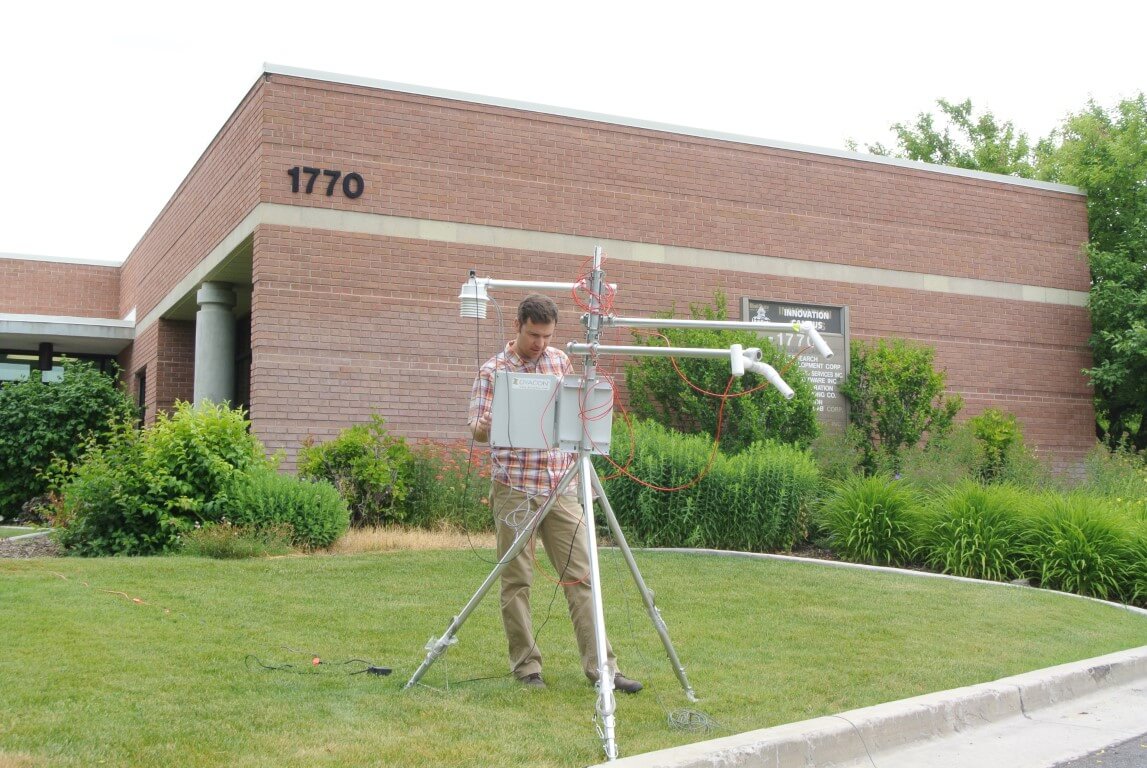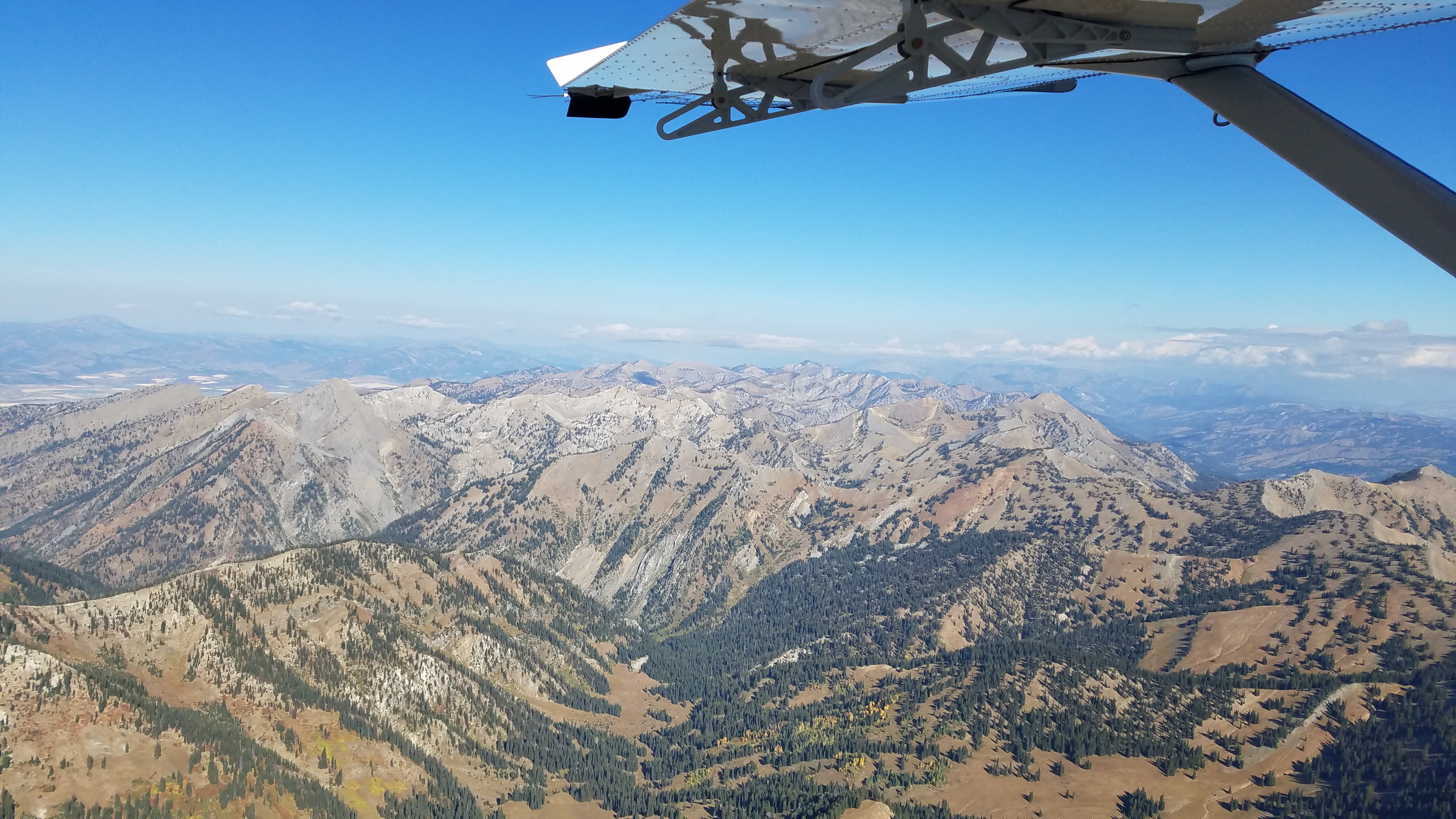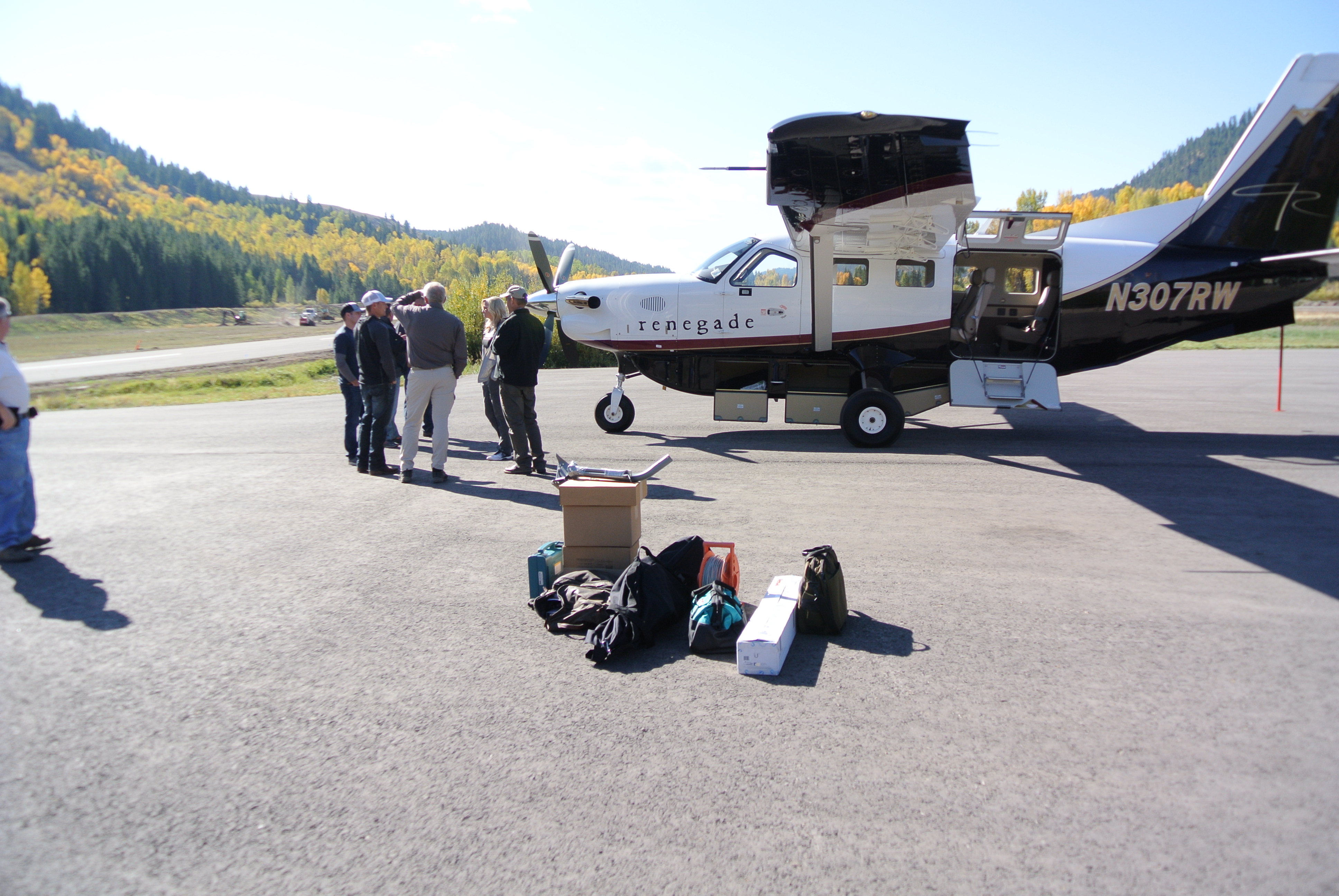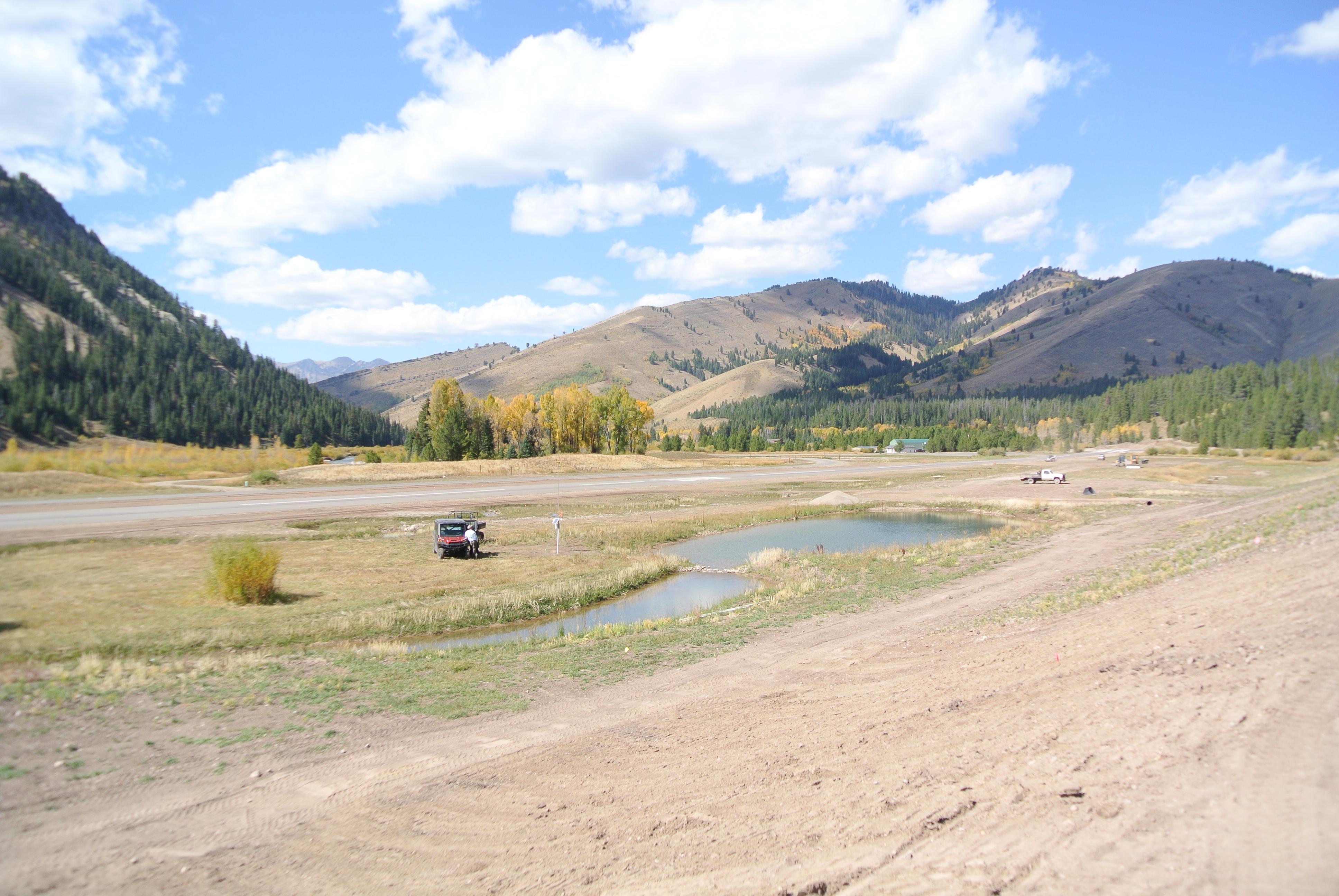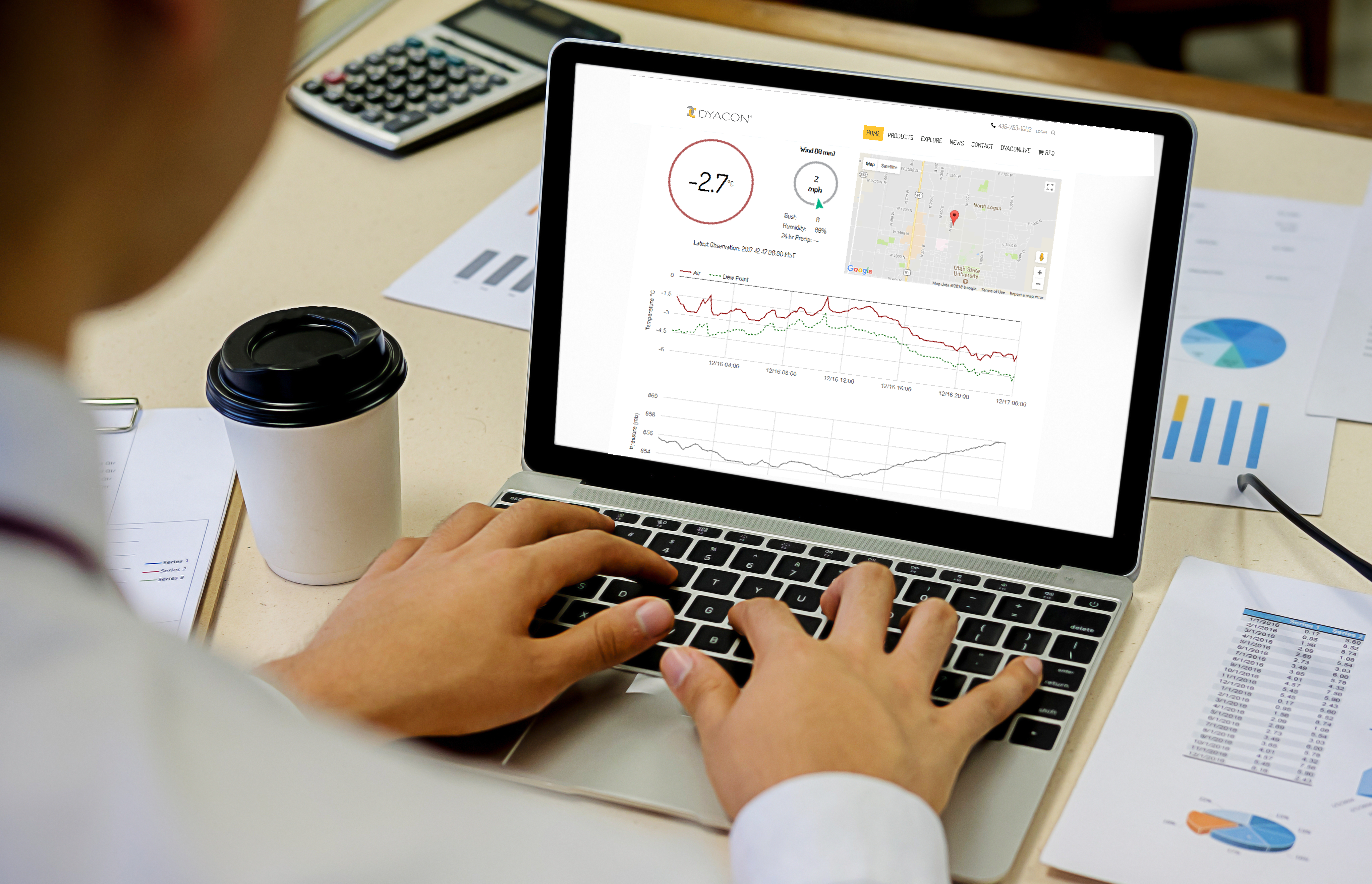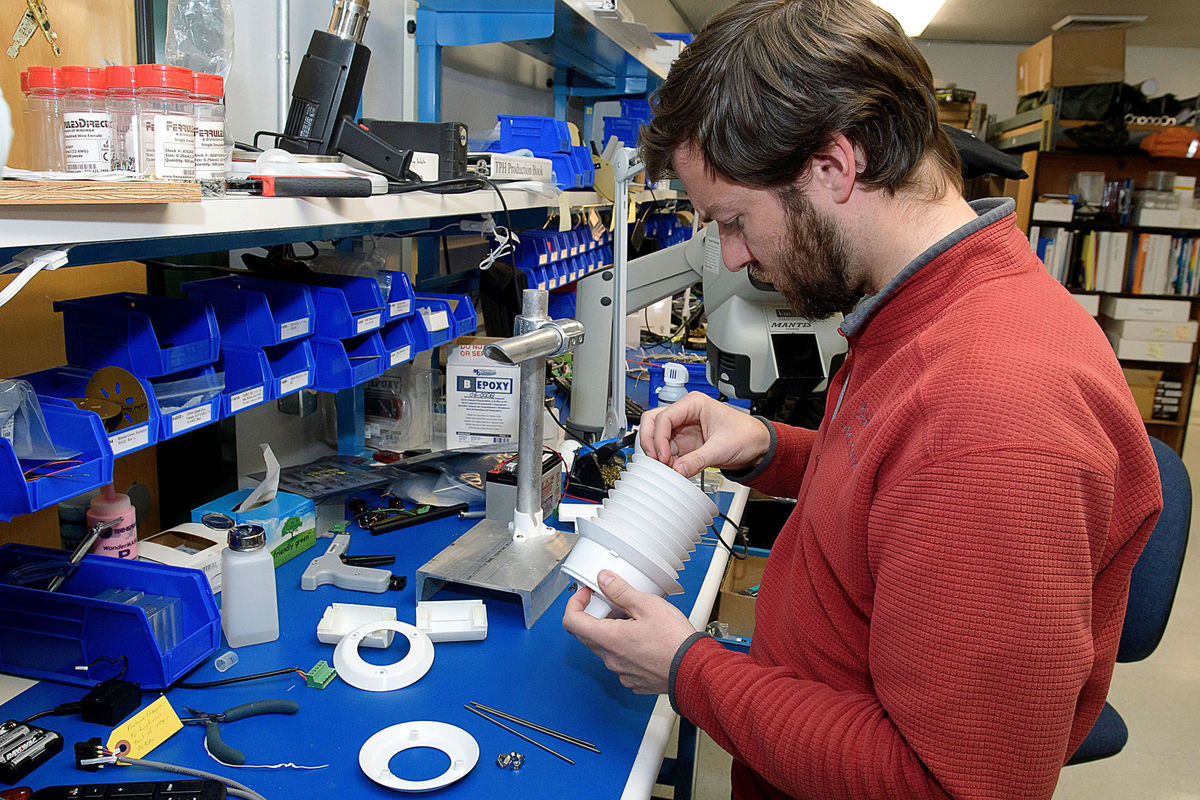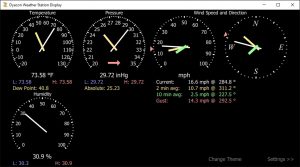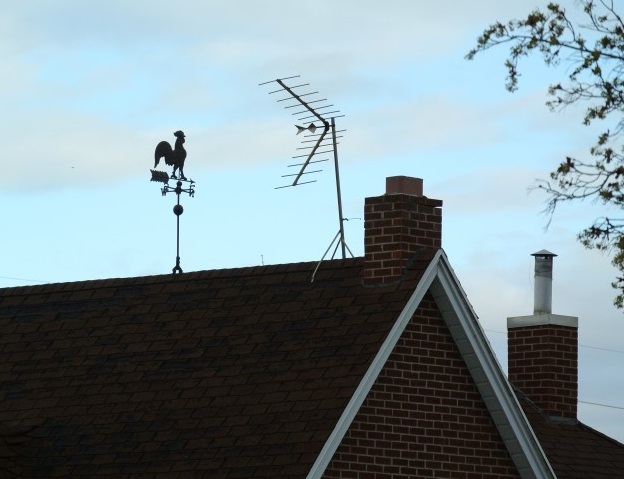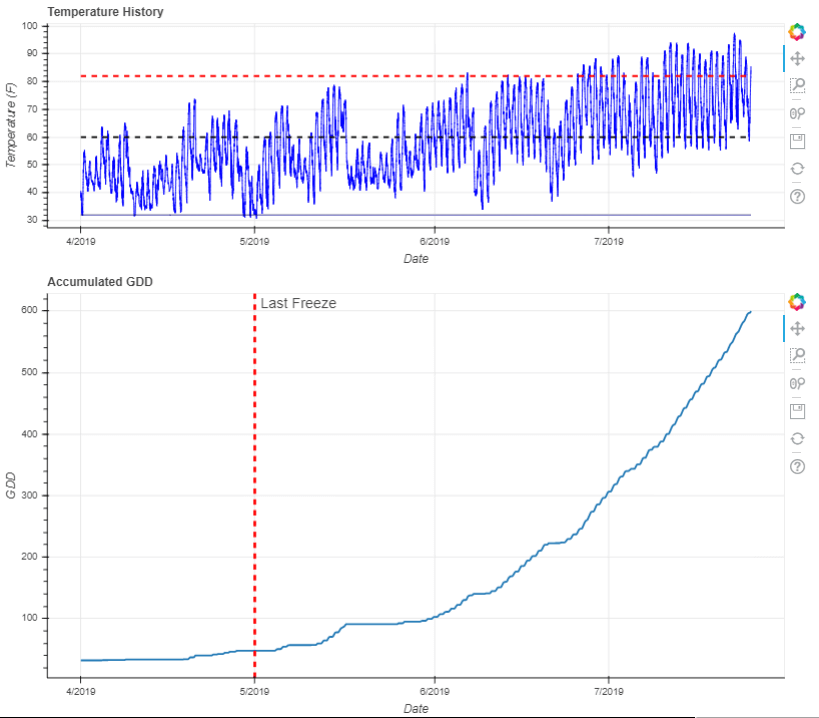
DyaconLive is an ongoing project. We want your weather station to provide usable, actionable information. The Grower’s Report is a case in point.
v1.19 Summary
DyaconLive release version 1.19 on 15 July 2019 included the following improvements.
- Grower’s Report now includes an upper temperature threshold and last freeze marker.
- Charts added for new IRT-201 infrared temperature sensor.
- Sunrise/sunset added to Weather page.
- Improved screen size responsiveness for mobile devices.
- And, some back-end work, which is always going on.
By the way, Chris Cox, our staff scientist and DyaconLive developer deserves a big pat on the back for his work.
Improved Responsiveness
The navigation menu at the top of the screen should collapse into an icon on smaller screens.
Personally, I’m not a fan of the three-line, hamburger icon, it’s a bit ambiguous. But, when your computer has to fit in the palm of your hand, there isn’t much choice.
This may work better on some devices than others. Let us know what you find.
Grower Report Improvements
When setting the Grower’s Report, the upper threshold is added in a new field. For some crops, such as corn, hotter does necessarily mean more growth. The upper threshold is capped at this value. (Upper threshold is not required to generate GDD.)

This upper threshold is shown on the temperature history chart.
The Last Freeze value is shown on the GDD chart.
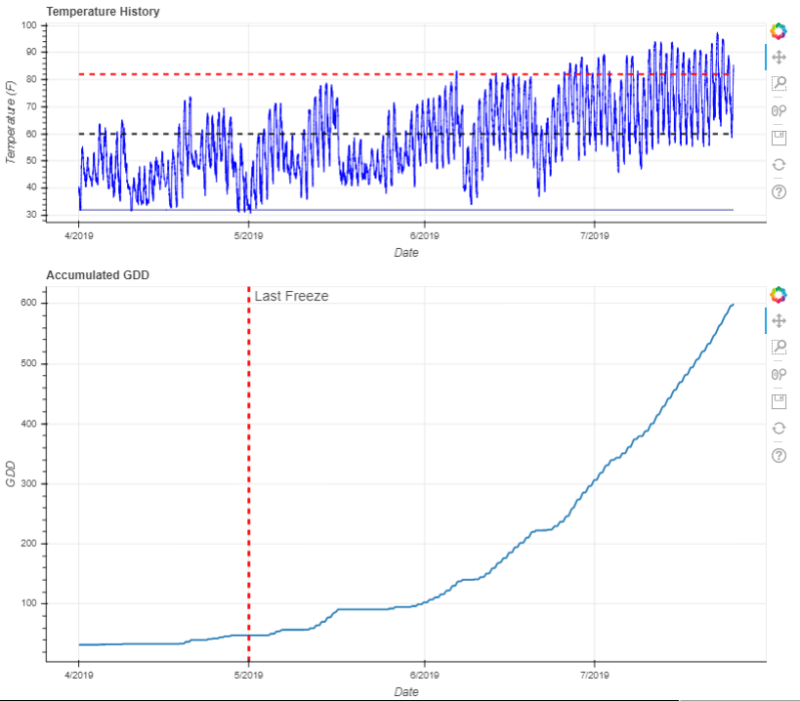
If you have other reports you would like to see, please let us know.
Eugene

